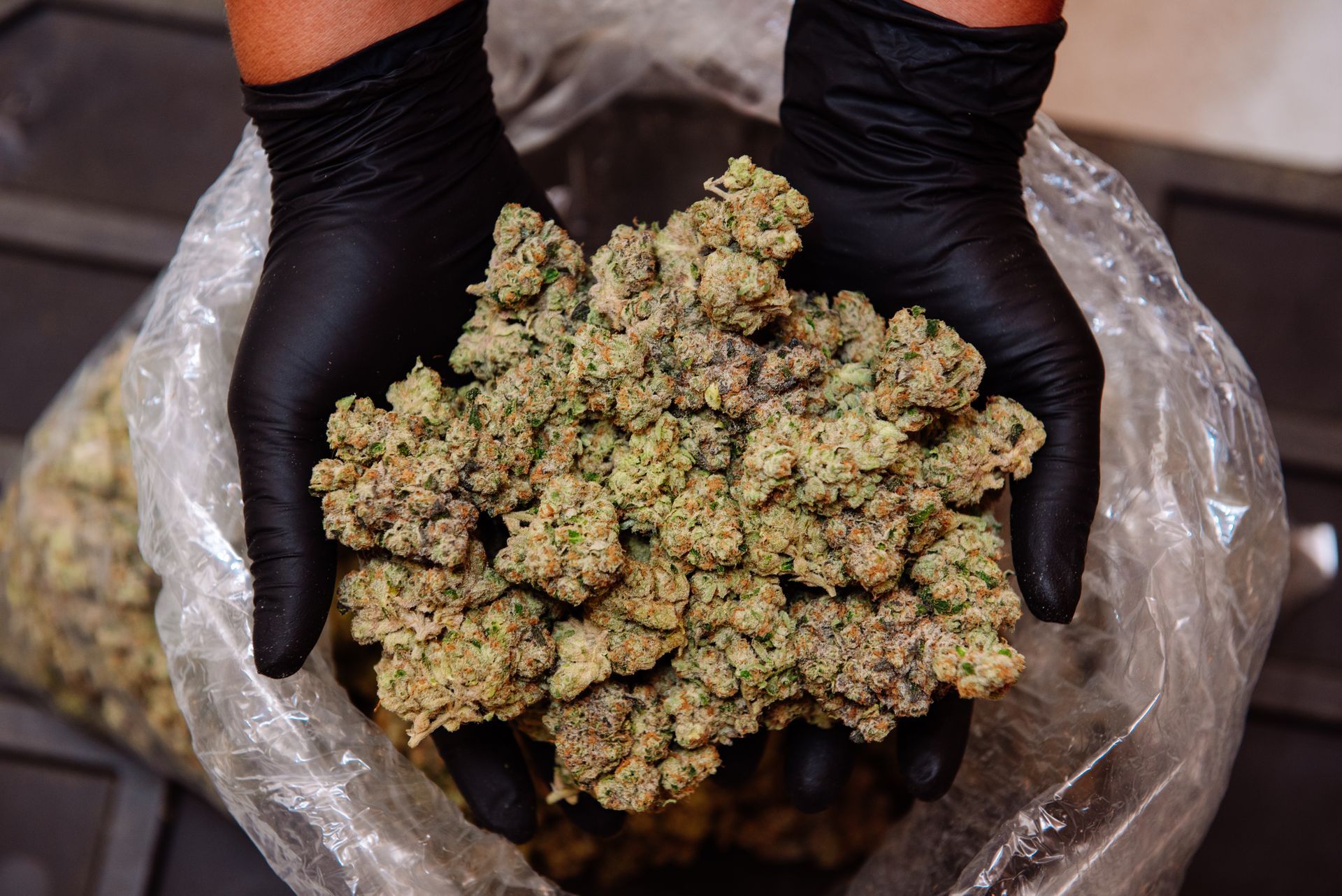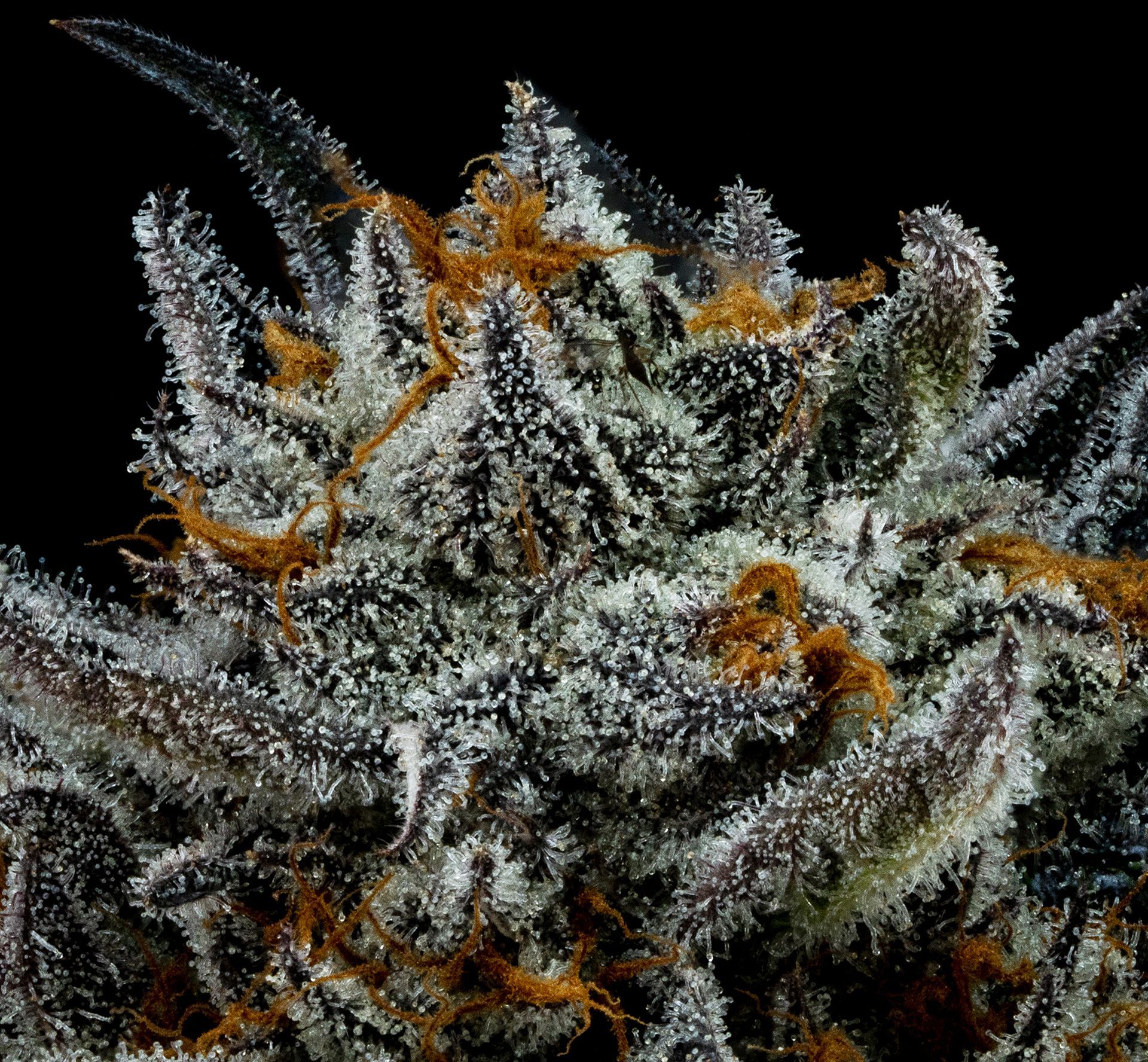The Onset of Flowering: A CEllular Transformation
As cannabis plants transition into the flowering stage, a fascinating cellular transformation begins, driven primarily by changes in light cycles. This crucial phase marks the shift from vegetative growth to reproductive development.
Initially, you'll observe the emergence of small, delicate pistils—tiny, hair-like structures—at the nodes of the plant, where branches meet the main stem. These pistils are the female reproductive organs, and they are initially white or light yellow. As flowering progresses, they will gradually darken and curl.
At the cellular level, the change in photoperiod (light cycle) triggers a cascade of hormonal shifts. The plant's internal clock, or circadian rhythm, interprets the shorter light hours as a signal to reproduce. This leads to an increase in florigen, a hypothetical flowering hormone, which then initiates the development of floral primordia—the very beginnings of what will become your cannabis buds.
Cells that were previously dedicated to producing stems and leaves now begin to differentiate into floral structures. Meristematic cells in the apical and axillary buds start dividing and specializing to form calyxes, bracts, and eventually, trichomes—the tiny, resin-producing glands that contain cannabinoids and terpenes. This is where the plant starts to truly express its genetic potential for producing the desired compounds.

Lighting Requirements: Intensity and Duration
During the flowering stage, cannabis plants require a strict 12 hours of intense light and 12 hours of uninterrupted darkness. This consistent dark period is crucial for triggering and maintaining the hormonal changes necessary for robust flowering. Any light leaks during the dark period can stress the plant and potentially lead to hermaphroditism or a reversion to vegetative growth.
For light intensity, growers often measure Photosynthetically Active Radiation (PAR). During the flowering stage, your plants will thrive with a PAR reading between 700 and 1000 µmol/m²/s at the canopy. This high intensity light provides the energy needed for dense bud development and prolific trichome production.
Climate Conditions in the Grow Room
Maintaining precise environmental conditions is paramount for optimal flowering.
During the Light Period (12 hours):
- Temperature: Aim for a temperature range of 75-82°F (24-28°C). Slightly warmer temperatures during the light cycle can enhance metabolic activity.
- Relative Humidity (RH): Maintain an RH between 40-50%. This helps prevent mold and mildew, especially as buds become denser, and also supports optimal transpiration.
CO2 Levels: If supplementing with CO2, aim for 1200-1500 ppm. Elevated CO2 levels can significantly boost photosynthesis and yield, especially under high light intensity.
During the Dark Period (12 hours):
- Temperature: Reduce the temperature slightly to 68-72°F (20-22°C). A slight temperature drop mimics natural conditions and can promote terpene production.
- Relative Humidity (RH): Maintain an RH between 45-55%. It's important to keep air circulating to prevent moisture buildup on the plant surface, even in darkness.
CO2 Levels: CO2 supplementation is not necessary during the dark period as plants are not actively photosynthesizing. Ambient CO2 levels are sufficient.
Recognizing Harvest Readiness
Determining the optimal harvest time is crucial for maximizing potency and flavor. There are two primary indicators to look for:
- Pistil Color: As the buds mature, the initially white pistils will begin to change color, turning amber, orange, or reddish-brown. When approximately 70-80% of the pistils have changed color and curled inwards, it's a good sign that the plant is nearing maturity. If you wait too long (90%+ amber), the effects can become more sedating.
- Trichome Development: This is the most reliable indicator and requires a jeweler's loupe or a digital microscope to observe. Trichomes are the tiny, mushroom-shaped glands on the surface of the buds and sugar leaves. Their appearance changes through three main stages:
- Clear: At this stage, trichomes are clear and translucent, indicating that the cannabinoids are still developing. Harvesting now will result in a less potent and more energetic effect.
- Cloudy/Milky: When the trichomes become cloudy or milky white, it signifies that THC production is at its peak. This is often considered the ideal harvest window for a potent and euphoric effect.
Amber: As trichomes turn amber, THC begins to degrade into CBN (cannabinol), which has more sedative and relaxing effects. Harvesting with a higher percentage of amber trichomes (e.g., 20-30%) will result in a more couch-lock, body-heavy high.
Most growers aim for a mix of cloudy and amber trichomes, typically 70% cloudy and 30% amber, for a balanced and full-spectrum effect. Regular inspection of your trichomes will help you pinpoint the perfect harvest moment for your desired outcome.





